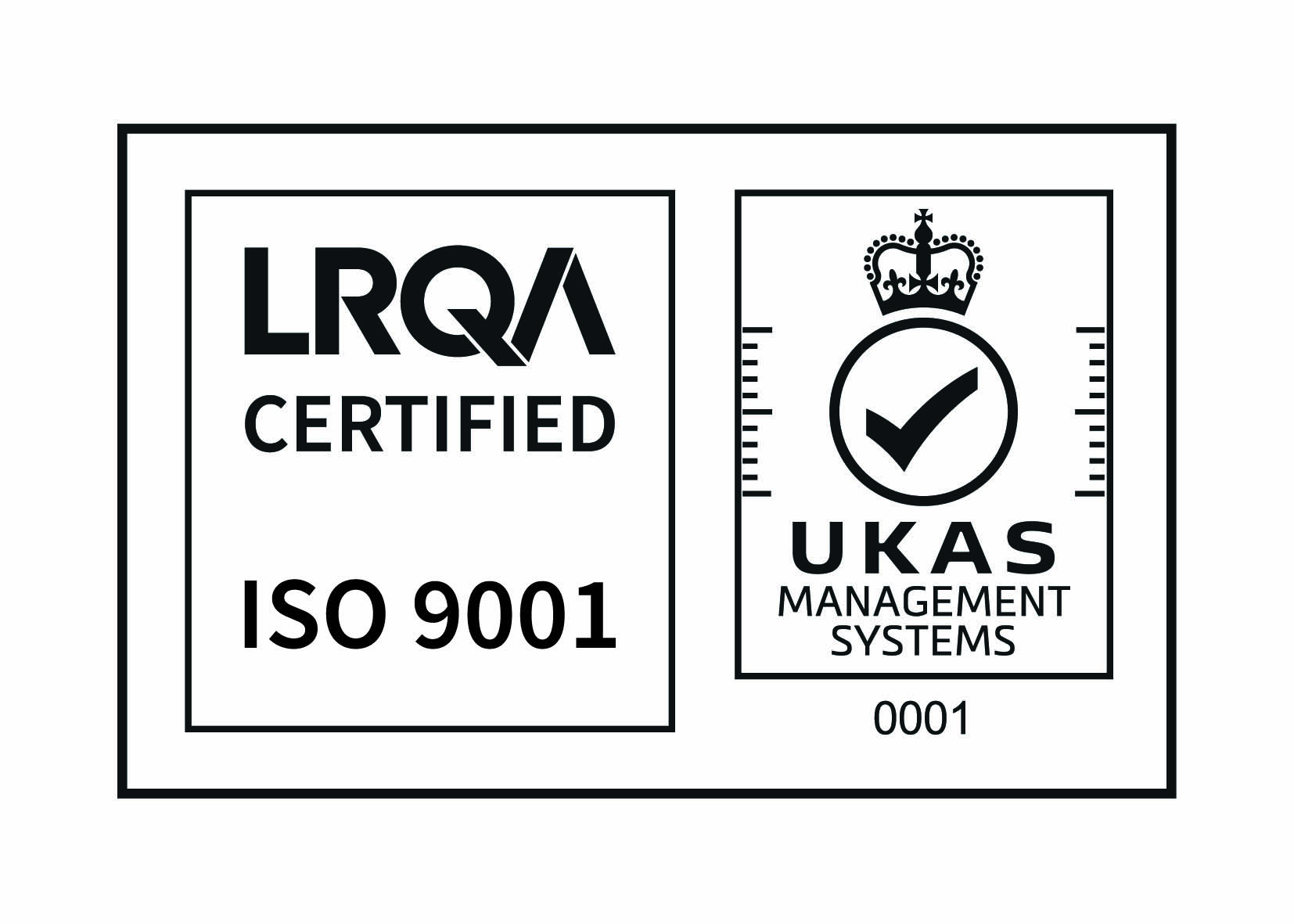The Dutch pension system is considered one of the best in the world. If you’re working in the Netherlands or planning to move there for work, it’s important to understand how the pension system operates, how much pension you might receive, and how many years you need to work to qualify for full benefits.
How does the Dutch pension system work?
The Dutch pension system consists of three pillars:
- AOW – the basic state pension
- Occupational pension – additional savings through your employer
- Private pension savings – individual investment plans
Anyone legally working in the Netherlands is automatically included in the AOW (Algemene Ouderdomswet), the basic state pension system.
AOW – the state pension in the Netherlands
The amount of AOW you receive depends on how many years you have lived and worked in the Netherlands. The system is based on intergenerational solidarity, meaning that current workers’ contributions fund the pensions of current retirees.
When can you retire in the Netherlands?
Currently, the official retirement age in the Netherlands is 67. However, the government may increase this age in the future depending on the average life expectancy.
How many years do you need to work to get the full AOW pension?
The amount of your AOW pension depends on how long you’ve lived and worked in the Netherlands. The system is straightforward:
- For each year you live or work in the Netherlands, you earn 2% of the full pension.
- You qualify for the full pension after 50 years of residence or work.
- If you’ve worked fewer years, your pension will be proportionally lower.
How much is the AOW pension?
The exact amount depends on your personal situation:
- A single person receives around 70% of the minimum wage.
- A married or cohabiting person receives around 50% of the minimum wage per person.
The pension is paid monthly and is subject to income tax.
Second pillar – occupational pension
In addition to the AOW pension, most workers in the Netherlands also participate in occupational pension schemes.
- Both employer and employee contribute to the pension fund.
- Participation isn’t mandatory by law, but it is standard in many sectors.
- The longer you stay with an employer, the higher your future pension.
Thanks to this system, those who work in the Netherlands long term can expect higher retirement income than just the basic AOW.
Third pillar – private pension savings
People who want to increase their retirement income can invest in private savings plans.
- You can invest in pension funds, bonds, or property.
- Some savings products offer tax advantages.
- Especially recommended for self-employed individuals (ZZP) who don’t have access to occupational pensions.
What if you worked in more than one country?
If you’ve worked in both the Netherlands and Poland, EU regulations allow you to combine insurance periods from different countries.
- Both the Netherlands and Poland are EU members, so your work years in each country count toward your total pension.
- Each country pays pension benefits for the years worked on its territory.
- You can apply for your pension in the country where you currently live.
This means that people who worked part of their lives in the Netherlands and part in Poland may receive pensions from both countries.
Changes in the Dutch pension system
Although the Dutch pension system has long been considered one of the most stable in Europe, rising life expectancy and changes in the labour market have led to a need for reform. In recent years, several changes have been introduced—and more are planned—to make the system more financially sustainable and better suited to modern conditions.
Shift from defined benefits to defined contributions
The traditional pension model in the Netherlands was based on defined benefits, meaning the pension amount was predetermined and relatively stable. However, due to demographic changes and increasing pressure on public finances, the Netherlands is transitioning to a defined contribution system.
This new model offers more flexibility but also means that future pensions will depend not only on years worked but also on market investment returns. As a result, the final pension amount may be higher or lower depending on how the pension funds perform, introducing greater risk for future retirees.
These reforms aim to make the system more resilient to financial crises and the long-term challenges of an ageing population.
Potential increase in retirement age
The retirement age in the Netherlands is currently 67, but this figure is not fixed. It’s linked to projected life expectancy, meaning it may rise in the future.
The government plans to introduce an automatic mechanism to adjust the retirement age according to demographic trends. This means that people born in later decades may have to work longer than today’s workers. Experts estimate that if life expectancy continues to rise, the retirement age could reach 70 or more by 2050.
Raising the retirement age is intended to reduce pressure on the pension system and ensure its sustainability for future generations.
New solutions for self-employed workers (ZZP)
Self-employed workers (ZZP) are an increasingly large part of the Dutch labour market, but until recently, they didn’t have access to the same pension benefits as salaried employees. The government is introducing new measures to provide greater financial security in retirement for these workers.
- Voluntary participation in occupational schemes – ZZP workers now have the option to join sectoral pension schemes that were previously only available to employees.
- Tax incentives for additional pension savings – The maximum amount that can be deducted for private pension contributions has been increased.
- New pension insurance for ZZP workers – The government is considering introducing a mandatory pension system for the self-employed, which would guarantee them a minimum income in retirement.
What do these changes mean for future retirees?
The changes to the Dutch pension system mean that future retirees will need to take a more active role in planning their financial future. While the basic AOW pension will remain in place, additional savings and investment decisions made throughout a career will become increasingly important.
- Employees should check whether their employer offers an occupational pension scheme and consider increasing their contributions for better future benefits.
- Self-employed individuals (ZZP) should explore available pension plans or start saving independently to avoid financial hardship in retirement.
- Future retirees should monitor changes to the retirement age and adjust their career plans accordingly to ensure a stable income after they stop working.
If you’re working in the Netherlands, it’s worth getting familiar with your pension rights and exploring ways to increase your future benefits.






